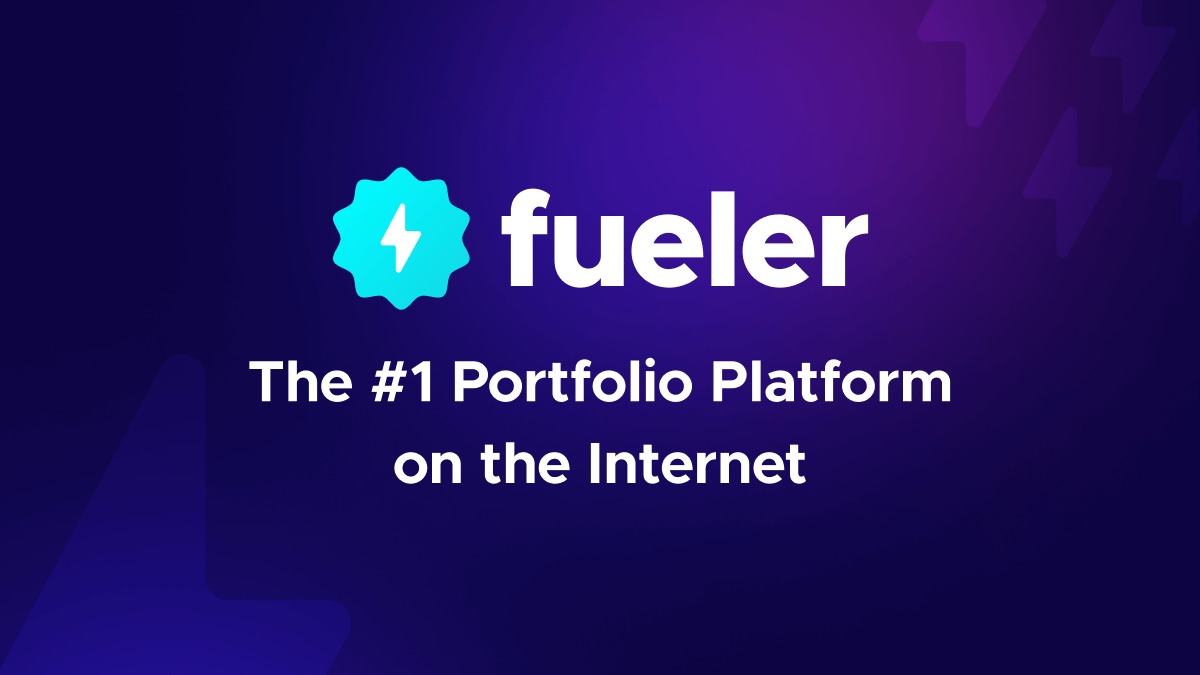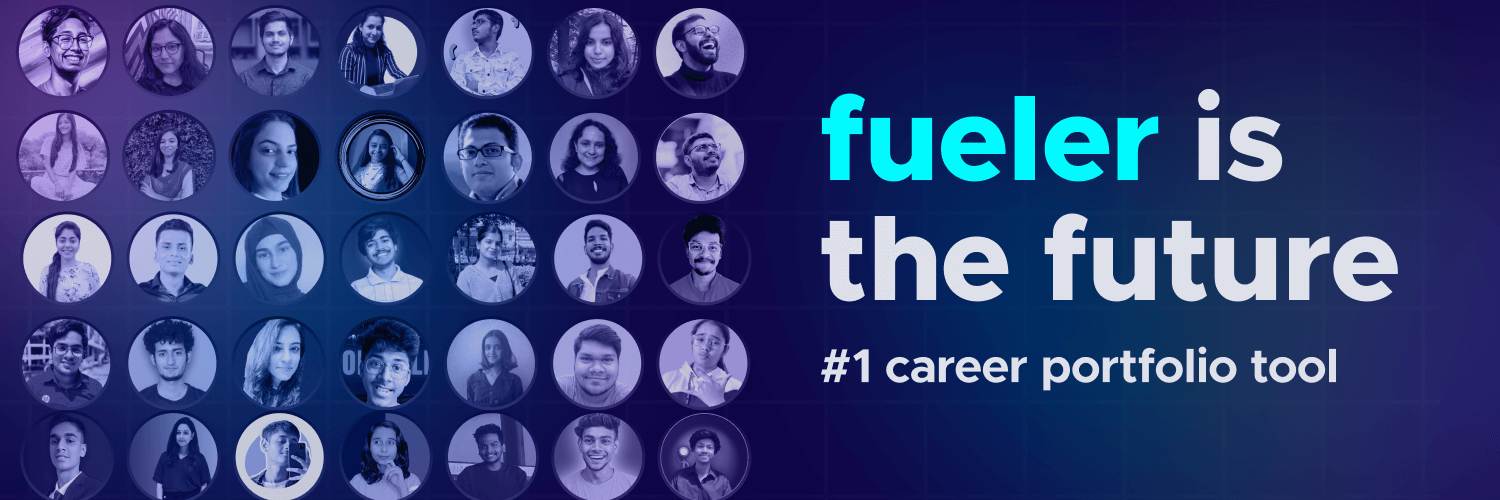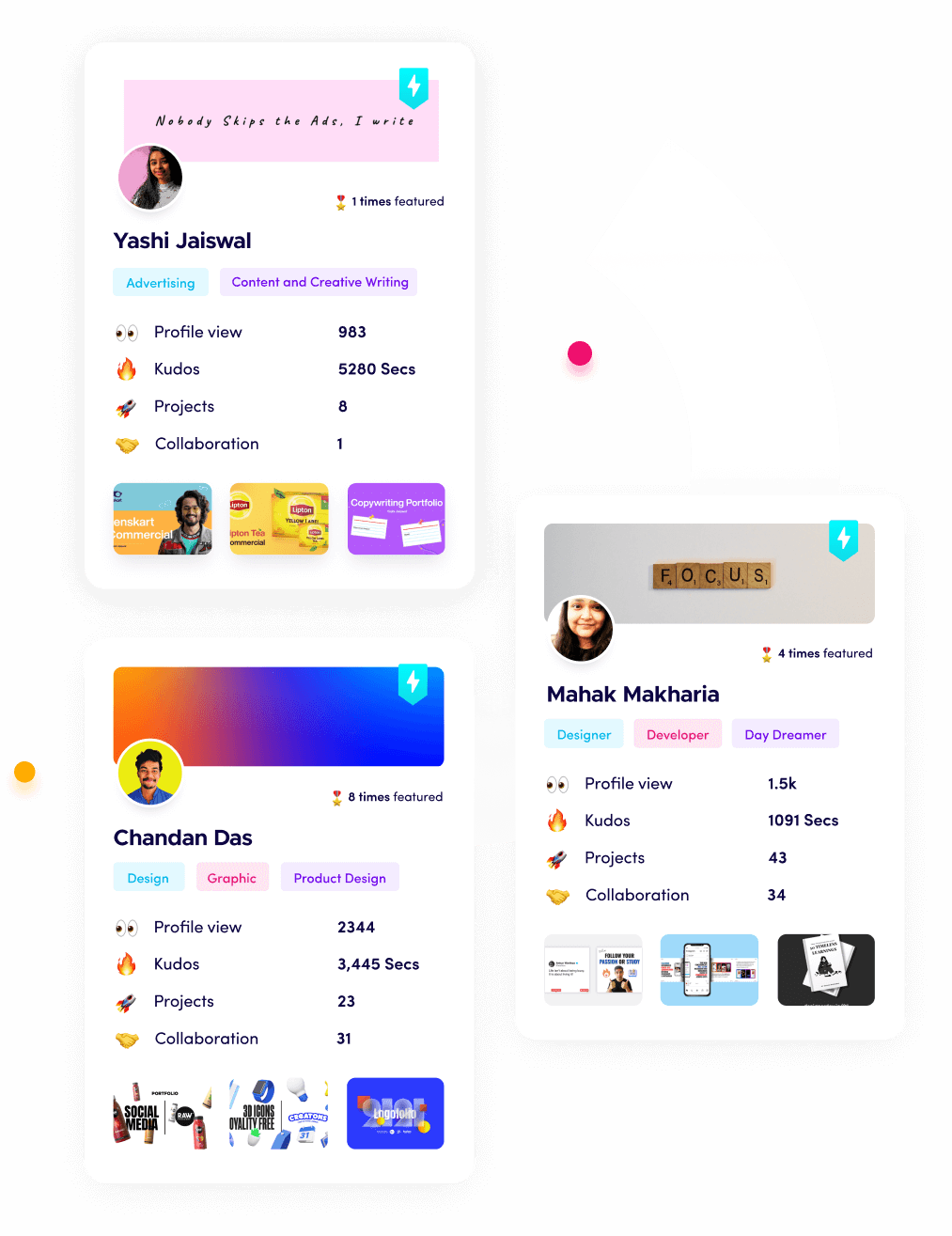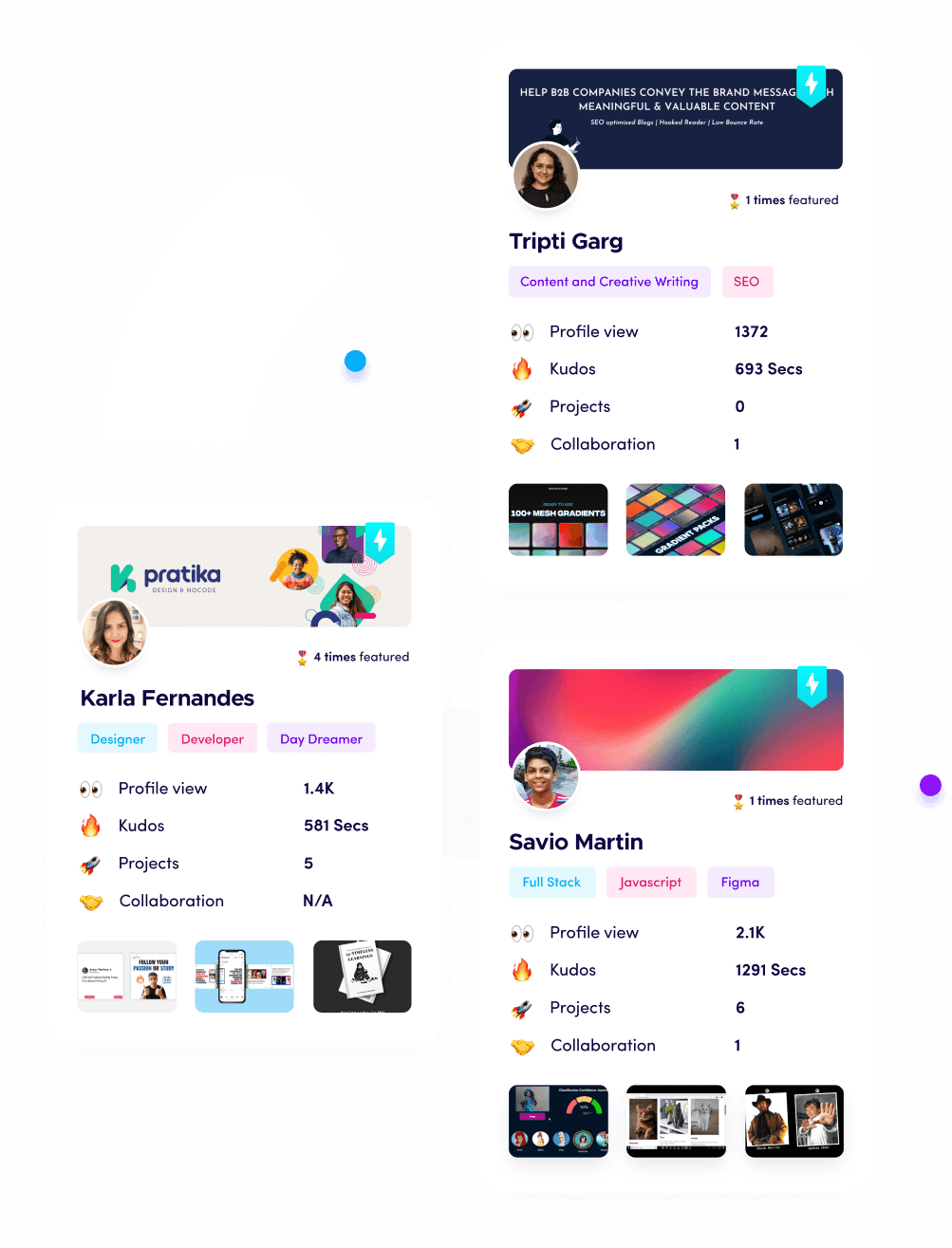15 Common Mistakes in Cold Emailing Clients in 2025

Riten Debnath
25 Jun, 2025

Are your cold emails getting ignored or sent straight to spam? In 2025, inboxes are more crowded than ever, and even a small mistake can cost you a valuable freelance client. If you want your outreach to get noticed and win projects, you need to avoid the common pitfalls that can ruin your chances before you even get started.
I’m Riten, founder of Fueler—a platform that helps freelancers and professionals get hired through their work samples. In this article, I’ll walk you through the most common cold emailing mistakes freelancers make in 2025. Beyond mastering your craft, getting clients is about presenting your work and yourself smartly. Your portfolio isn’t just a collection of projects—it’s your proof of skill, your credibility, and your shortcut to trust. Let’s make sure your emails open doors, not close them.
1. Sending Generic Templates
Many freelancers send the same copy-paste email to every client, hoping for a response. This approach feels impersonal and shows you haven’t done your homework. Using cold email templates the right way can help you personalize your message while still saving time. Clients want to feel special, not like just another name on a list.
- Fails to address the client’s unique needs or business.
- Looks like spam and gets ignored.
- Lacks any reference to the client’s recent work or achievements.
- Makes you blend in with hundreds of other freelancers.
- Misses the chance to show genuine interest.
Why avoiding generic templates matters for cold emailing clients:
Personalized emails show you care and have taken the time to understand the client. This dramatically increases your chances of getting a positive response, helping you stand out in a crowded inbox.
2. Not Researching the Client
Skipping research is one of the fastest ways to get your email deleted. Without understanding the client’s business, industry, or pain points, your message will lack relevance.
- Misses the client’s current goals or challenges.
- Leads to irrelevant offers or suggestions.
- Shows a lack of professionalism and effort.
- Makes it hard to start a meaningful conversation.
- Reduces your credibility as a freelancer.
Why client research matters in cold emailing:
Researching the client helps you craft emails that truly resonate, making it clear you’re serious about working with them and increasing your chances of a reply.
3. Weak Subject Lines
Your subject line is the first thing a client sees. If it’s boring, vague, or looks like spam, your email may never get opened.
- Fails to communicate value or relevance.
- Gets lost in a crowded inbox.
- May trigger spam filters if too salesy.
- Lacks personalization or creativity.
- Misses the opportunity to spark curiosity.
Why strong subject lines matter in cold emailing clients:
A compelling subject line grabs attention and encourages clients to open your email, which is the essential first step to getting a response.
4. Writing Long, Dense Emails
Long paragraphs and walls of text are overwhelming, especially for busy clients. If your email isn’t easy to scan, it’s likely to be skipped.
- Overloads the client with information.
- Makes it hard to find the main point.
- Discourages reading to the end.
- Looks unprofessional and unfocused.
- Reduces the likelihood of a reply.
Why concise emails matter for cold outreach:
Short, clear emails are more likely to be read and acted on, making it easier for clients to understand your offer and respond quickly.
5. Focusing Only on Yourself
Many freelancers talk only about their skills, experience, or achievements, forgetting to address the client’s needs. Clients care about how you can help them solve problems, not just your background.
- Turns the email into a self-promotion pitch.
- Ignores the client’s pain points or goals.
- Misses the chance to connect on value.
- Comes across as arrogant or self-centered.
- Fails to start a real conversation.
Why focusing on the client matters in cold emailing:
Clients want to know what’s in it for them. When your email addresses their needs, you show that you’re a problem-solver and increase your chances of a positive reply.
6. No Clear Call to Action
If you don’t tell the client what to do next, your email can leave them confused or uninterested. A clear call to action (CTA) guides the client and makes it easy for them to respond.
- Leaves the client wondering what you want.
- Reduces the chances of getting a reply.
- Makes your outreach feel incomplete.
- Misses the opportunity to move the conversation forward.
- Can be easily ignored or forgotten.
Why a clear CTA matters in cold emailing clients:
A strong CTA increases response rates, guiding clients toward the next step and making it easier for you to move closer to landing the project.
7. Using Jargon or Complex Language
Using industry jargon or overly complex language can confuse or alienate clients, especially if they aren’t familiar with your field. Simple, clear language makes your message more accessible.
- Makes your email hard to understand.
- Can make you seem arrogant or out of touch.
- Reduces engagement from non-experts.
- Distracts from your main message.
- Lowers the chances of a positive reply.
Why simple language matters in cold emailing:
Clear, simple language builds trust and ensures your message is understood, making it easier for clients to see your value.
8. Ignoring Proof of Work
Failing to include a portfolio, case study, or relevant work sample means missing a chance to prove your skills. Clients want evidence that you can deliver results.
- Leaves clients guessing about your abilities.
- Makes your claims less believable.
- Reduces trust and credibility.
- Misses the chance to impress with real results.
- Can make you seem inexperienced.
Why sharing proof of work matters in cold emailing:
Including proof of work, like your Fueler portfolio, builds credibility and shows clients you can deliver, which is critical for winning trust and projects.
9. Not Following Up
Many freelancers send one email and give up if they don’t get a reply. Following up shows persistence and keeps you top of mind. Most deals happen after a follow-up, not the first message. When sending cold emails, using specialized cold email software can help automate follow-ups and increase response rates.
- Misses opportunities to reconnect.
- Lets potential clients forget about you.
- Reduces your chances of landing projects.
- Shows a lack of persistence.
- Leaves conversations unfinished.
Why following up matters in cold emailing clients:
Polite follow-ups can double your response rate, showing you’re genuinely interested and increasing your chances of turning a cold lead into a client.
10. Using Spammy Words or Formatting
Words like “free,” “guaranteed,” or ALL CAPS can trigger spam filters and send your email straight to junk. Unusual formatting, too many links, or attachments can also hurt deliverability.
- Increases the risk of your email being marked as spam.
- Makes your message look unprofessional.
- Reduces your open and reply rates.
- Distracts from your real value.
- Hurts your sender reputation.
Why avoiding spam triggers matters in cold emailing:
Keeping your emails professional and free from spammy language ensures they reach the inbox, giving you the best chance to be seen and considered.
11. Not Personalizing the Greeting
Starting with a generic “Hi there” or “To whom it may concern” feels cold and impersonal. Using the client’s name makes your email feel more genuine and increases engagement.
- Feels like a mass email.
- Misses a chance to build rapport.
- Reduces the likelihood of a response.
- Makes you seem lazy or uninterested.
- Hurts your first impression.
Why personalized greetings matter in cold emailing:
A personalized greeting helps you build an immediate connection, making your email more likely to be read and replied to.
12. Sending at the Wrong Time
Timing matters. Sending emails late at night, on weekends, or during holidays can mean your message gets buried. Aim for business hours when clients are most likely to check their inbox.
- Increases the chance of your email being missed.
- Reduces open and reply rates.
- Shows a lack of awareness about the client’s schedule.
- Can make you seem unprofessional.
- Hurts your chances of a timely reply.
Why timing matters in cold emailing clients:
Sending your emails at the right time increases the chances they’ll be seen and acted upon, giving your outreach the best shot at success.
13. Forgetting to Proofread
Typos, grammar mistakes, or broken links make you look careless. Taking a few minutes to proofread shows professionalism and attention to detail.
- Makes your email look rushed or sloppy.
- Reduces your credibility.
- Distracts from your main message.
- Can cause confusion or misunderstandings.
- Hurts your reputation as a professional.
Why proofreading matters in cold emailing:
Error-free emails show you care about quality and professionalism, making a strong first impression on potential clients.
14. Not Segmenting Your Outreach
Sending the same email to different types of clients ignores their unique needs. Segmenting your outreach by industry, business size, or project type helps you tailor your message for better results.
- Makes your emails less relevant.
- Misses opportunities to address specific challenges.
- Reduces engagement and interest.
- Makes you seem out of touch with the client’s world.
- Limits your chances of success.
Why segmentation matters in cold emailing clients:
Segmented outreach feels more personal and relevant, increasing your chances of connecting with the right clients and getting replies.
15. Ignoring Mobile Optimization
Many clients check emails on their phones. If your message isn’t easy to read on mobile, it could get deleted without a second thought. Use short paragraphs, clear formatting, and avoid large attachments.
- Makes your email hard to read on mobile devices.
- Increases the chance of being ignored or deleted.
- Hurts your professionalism.
- Reduces engagement from busy clients.
- Misses the opportunity to make a quick impact.
Why mobile optimization matters in cold emailing clients:
Mobile-optimized emails reach clients wherever they are, making it easy for them to read and respond quickly, which boosts your chances of success.
Using Fueler to Avoid Cold Email Mistakes
Fueler lets you create a professional, shareable portfolio link to include in every cold email. This gives clients instant proof of your skills and results, making your outreach more credible and increasing your chances of getting hired. Companies are hiring directly through platforms like Fueler, so always include your portfolio link for maximum impact.
Final Thoughts
Cold emailing is still one of the most effective ways to land freelance clients in 2025, but only if you avoid these common mistakes. Focus on personalization, clarity, and value in every message. Pair your outreach with a strong Fueler portfolio to give clients instant proof of your abilities. With attention to detail and a client-first approach, your emails can open doors and build lasting freelance relationships.
FAQs: Cold Emailing Clients in 2025
1. What is the biggest mistake freelancers make in cold emailing?
Sending generic, non-personalized emails is the most common mistake and leads to low response rates.
2. How can I make my cold emails more effective?
Research each client, personalize your message, use a strong subject line, and include a link to your Fueler portfolio or relevant work sample.
3. How often should I follow up if I don’t get a response?
Send one or two polite follow-ups, each time adding new value or insight, to show persistence without being pushy.
4. What should I avoid in my cold email subject line?
Avoid spammy words, all caps, and vague phrases. Use clear, specific language that relates to the client’s needs.
5. Do I need a website to succeed with cold emailing?
No, you can use a platform like Fueler to showcase your portfolio and share work samples. Clients care more about your skills and results than a personal website.
What is Fueler Portfolio?
Fueler is a career portfolio platform that helps companies find the best talents for their organization based on their proof of work.
You can create your portfolio on Fueler, thousands of freelancers around the world use Fueler to create their professional-looking portfolios and become financially independent. Discover inspiration for your portfolio
Sign up for free on Fueler or get in touch to learn more.


